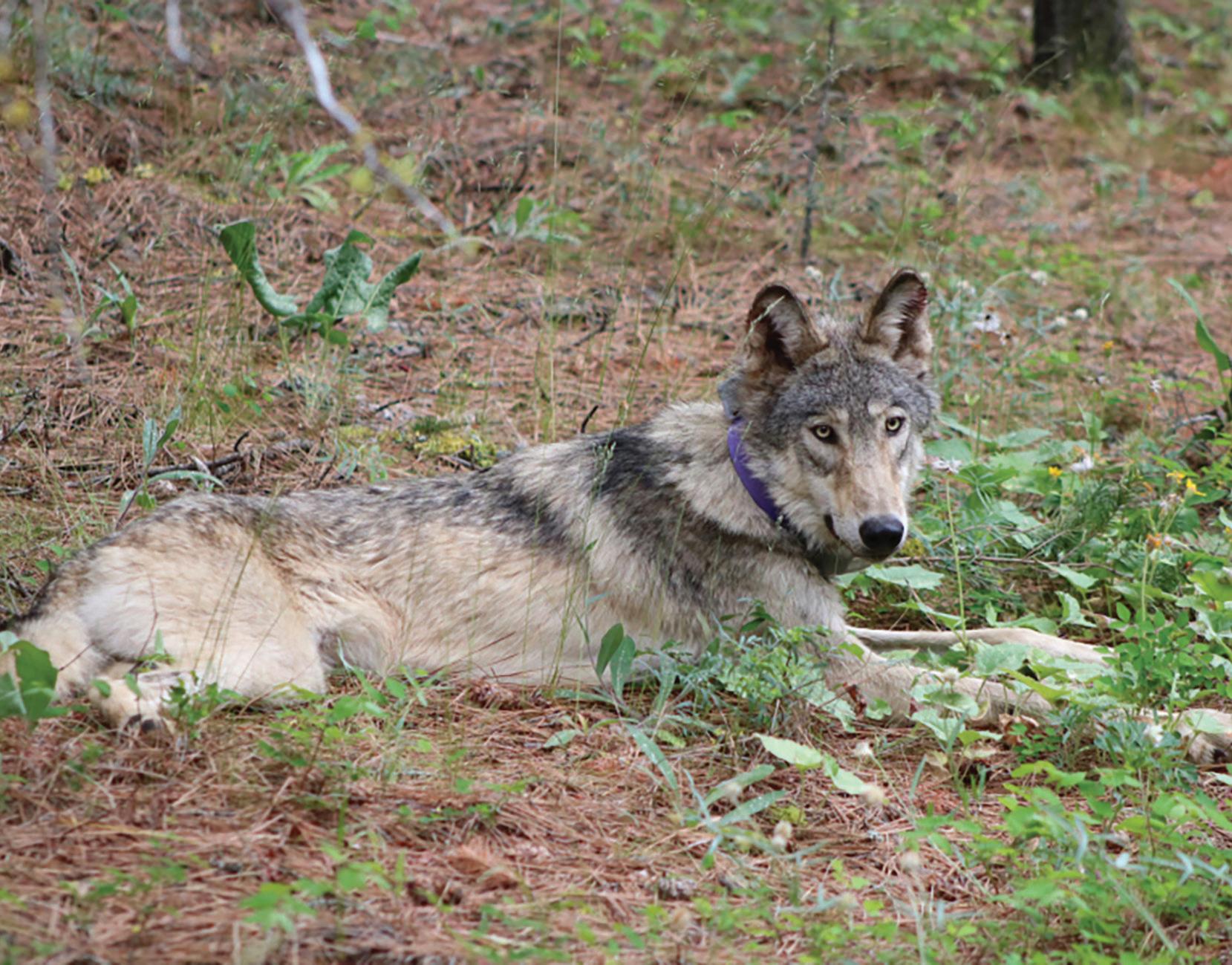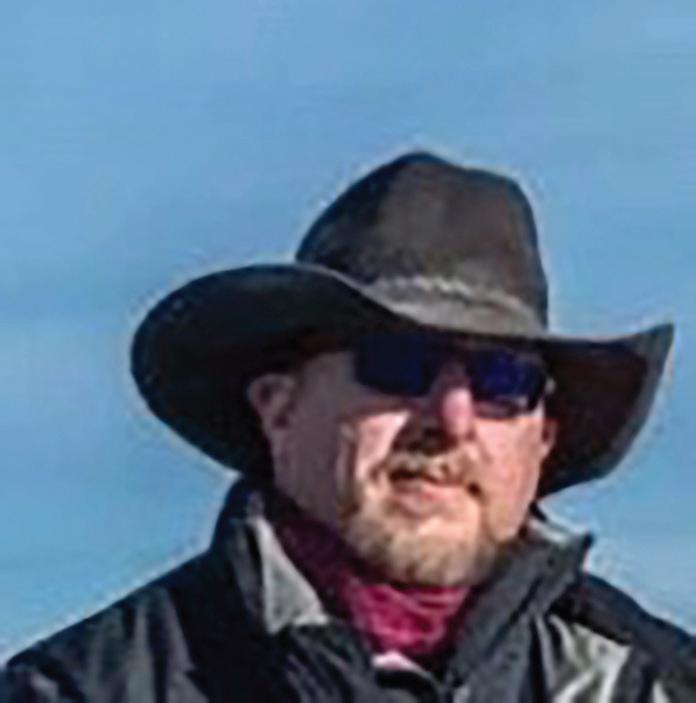
4 minute read
Should We Bring Jaguars Back to the U.S.? By Adele Peters
A two million-acre swath of Arizona and New Mexico could be a prime spot for reintroducing the big cats to their old habitat.
By Adele Peters
Advertisement
Photo: Julie Larsen Maher/WCS
When a male jaguar was spotted in Arizona in 2011—and then photographed by trail cameras multiple times over the next four years—the occurrence was so rare that it inspired a mural in Tucson and a craft beer named after the cat, who was thought to have crossed the border from Mexico. But jaguars once lived throughout the state and in other parts of the U.S. And some scientists now argue that they should be brought back to a two-million-acre swath of Arizona and New Mexico. The historical record supports that there were jaguars through most of Arizona and New Mexico, up to the Grand Canyon,” says Eric Sanderson, a senior conservation scientist at the nonprofit Wildlife Conservation Society and the lead author of a new paper that makes the case for reintroduction. There were historical reports of the animals in California as far north as the Bay Area and in southern states such as Louisiana. Thomas Jefferson talked about a spotted cat in his notes on the natural history of Virginia. Throughout the first half of the 20th century, there were occasional sightings in the Southwest. But hunting and habitat loss wiped the population out, and a government hunter killed the last female jaguar in 1964. The animal is considered endangered in the U.S., so the U.S. Fish and Wildlife Service created a “recovery plan” in 2019 that covered a small part of Arizona south of Interstate 10. But the agency didn’t suggest that many animals could live in the area. “Their models have a carrying capacity of maybe six adult jaguars,” Sanderson says. “And six isn’t a viable population of really anything.” In Mexico, a threatened but established population of jaguars lives in Sonora—some close enough to the border that male cats have wandered into Arizona. (Female jaguars tend to spend their lives fairly close to where they were born and don’t travel as far.) In Arizona, the interstate highways and other development make it unlikely that the animals could spread farther north. The 30-foothigh chunks of the border wall that the Trump administration built in the area also make it harder for wildlife to make it from Mexico to the U.S. But a huge area farther north in Arizona and New Mexico,
JAGUARS continued on page 16
Energy-Water requests often are tied to high-dollar Army Corps of Engineers port, harbor, and waterway projects. For example, Ohio Rep. David Joyce, the top Republican Interior-EPA appropriator, sought about $6 million for two Army Corps dredging projects in his district. The Transportation-Housing and Urban Development bill is by far the largest target, with 1,079 earmark requests worth $2.7 billion. Many of those proposals are for roads, bridges and other infrastructure projects that lawmakers are eager to fund as they tend to be popular with voters. Notably, the Defense spending bill received 15 requests worth $32 million, after lawmakers barred for-profit organizations, such as weapons contractors, from receiving earmarks. In the past, Pentagon contractors were a top recipient of earmarks. No requests were made for the Legislative Branch or State-Foreign Operations bills. Neither is associated with community projects.
Who wants what?
Only one Democrat, California Rep. Katie Porter, opted against making any requests, while about half of Republicans sought the directed spending. The split reflects lingering opposition of many conservatives to resurrecting earmarks. “Earmarks are a wasteful, swampy practice that no conservative should support,” said the Heritage Foundation earlier this spring after House Republicans only narrowly voted to restore earmarks. “Using taxpayer dollars for pet projects and political favors in home districts incentivizes abuse and pork-barrel spending, and has no place in Congress.” Disclosures show the largest request for earmarks came from two Texas lawmakers, Van Duyne ($354 million) and Democratic Rep. Colin Allred ($241 million), a result of proposals for major infrastructure upgrades at the Dallas/Fort Worth International Airport. The average amount of earmark requests sought was $10.8 million for Democrats and $15.9 million for Republicans. Lawmakers were limited to no more than 10 requests, although many lawmakers proposed less than the maximum. On the House Energy and Commerce Committee, ranking Republican Cathy McMorris Rodgers of Washington far outpaced Chair Frank Pallone (D-N.J.). Her requests totaled $53.9 million, most of which were aimed at local water and sewer projects. Pallone sought $14.1 million in earmarks, including nearly $1 million for coastal resiliency research. Appropriators, who will ultimately decide what requests make it into the spending bills, accounted for nearly a fifth of all the earmark requests. Rep. Marcy Kaptur (D-Ohio), chair of the Energy-Water Appropriations Subcommittee, sought $15.7 million in earmarks, including $2 million for building a solar farm in a low-income neighborhood in Toledo. Her Republican counterpart, Idaho Rep. Mike Simpson, made $27.2 million in requests, including $10.1 million for a tribal fire station and $7.75 million for modernizing a federal sheep research
FLOODGATES continued on page 14










